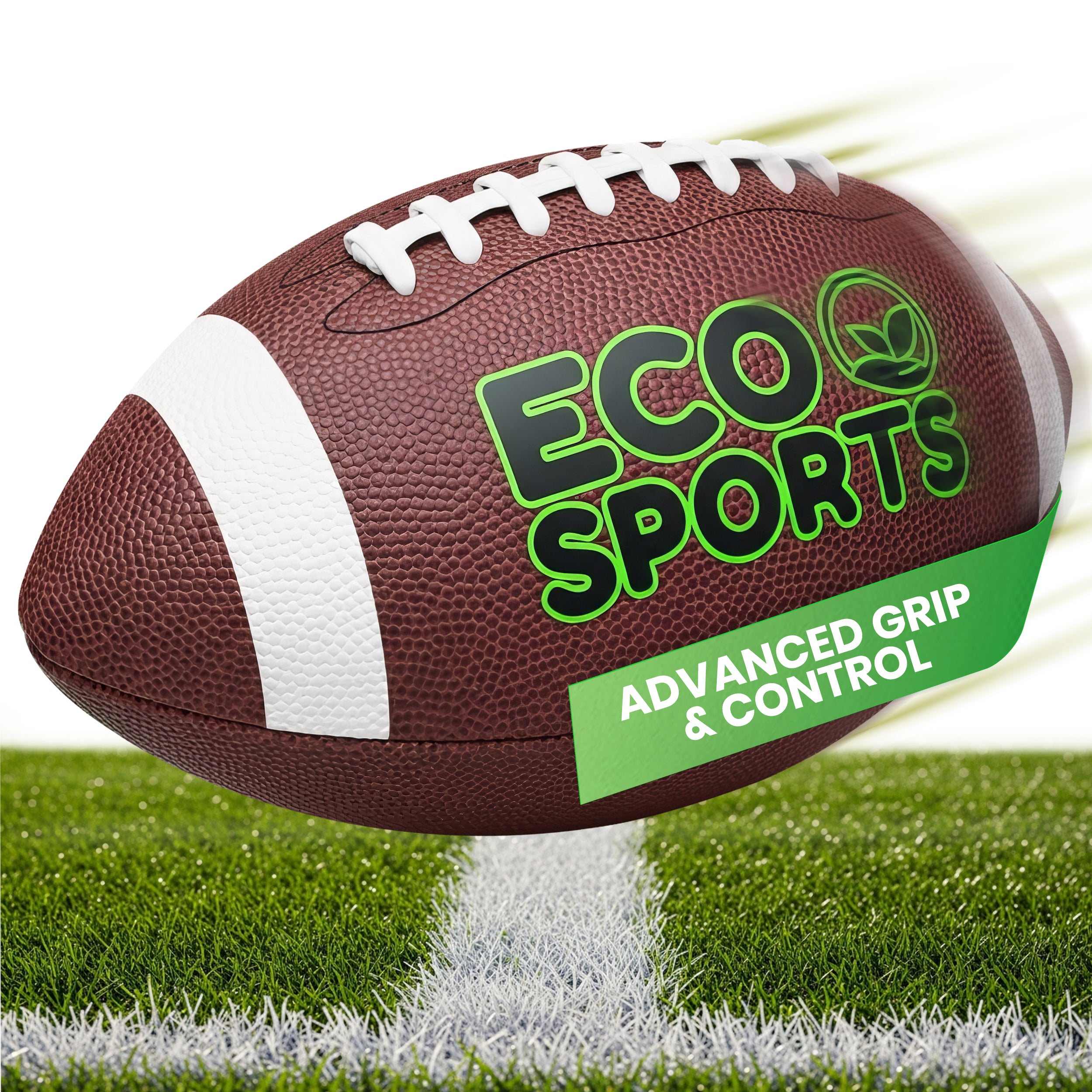Central to the game is THE PICKLEBALL PADDLE, and understanding its size and regulations is crucial for both beginners and seasoned players. This article explores the USA Pickleball approved regulations for pickleball paddles, the significance of different thicknesses such as 16mm, and the impact of handle length on gameplay.
USA Pickleball Approved Regulations for Pickleball Paddles
USA Pickleball, the governing body for the sport in the United States, has set specific regulations for pickleball paddles to ensure fair play and standardization in the sport. These regulations cover various aspects of the paddle, including size, material, and surface. The key regulations are:
- Overall Size: The combined length and width of the paddle, including any edge guard and butt cap, must not exceed 24 inches. The most common length is around 15.5 to 16 inches.
- Surface: The paddle surface must be smooth and cannot contain holes, indentations, or rough texturing that could affect the ball's flight.
- Material: There are no restrictions on paddle material as long as the paddle meets the surface requirements.
Carbon Fiber Pickleball Paddles
Carbon fiber is a popular material used in high-end pickleball paddles, renowned for its strength and lightweight properties. Paddles made from carbon fiber offer exceptional durability and stiffness, which translates into more power behind each shot. This material also provides a consistent hitting surface, allowing for greater control and accuracy in the game. Carbon fiber paddles are ideal for players who seek a balance between power and control, and are often favored by intermediate to advanced players looking for an edge in their performance.
Fiber Glass Pickleball Paddles
Fiber glass is another common material found in pickleball paddles, known for its flexibility and responsiveness. These paddles tend to have a softer feel compared to carbon fiber, making them excellent for players who prioritize control and finesse in their gameplay. The flexibility of fiber glass also aids in generating spin, allowing players to execute more advanced shots. Suitable for a range of skill levels, fiber glass pickleball paddles are a versatile option for players who enjoy a more tactile and responsive playing experience.
Flax Fiber Pickleball Paddles
Flax fiber is a relatively new entrant in the world of pickleball paddles, standing out for its eco-friendly and sustainable properties. Paddles made from flax fiber are known for their natural vibration dampening qualities, providing a comfortable playing experience with reduced arm strain. These paddles offer a unique blend of stiffness and flexibility, making them suitable for players who want a paddle that is gentle on the arm without sacrificing performance. Flax fiber paddles are gaining popularity among environmentally conscious players who seek a sustainable option without compromising on quality or playability.
Understanding Paddle Thickness: What Does a 16mm Paddle Mean vs 13mm Paddle?
Paddle thickness is an important aspect of a pickleball paddle’s design and can significantly impact gameplay. A 16mm paddle refers to the thickness of the paddle's core and is on the thicker end of the spectrum. Thicker paddles, like 16mm ones, generally provide more power and stability, making them suitable for players who prioritize a solid, powerful strike.
Comparing 13mm, 14mm, and 16mm Pickleball Paddles
- 13mm Paddle: These thinner paddles offer more control and a quicker response. They are lighter and easier to maneuver, making them a good choice for players who rely on a finesse game.
- 14mm Paddle: Serving as a middle ground, 14mm paddles offer a balance between power and control. They are versatile and suitable for a wide range of playing styles.
- 16mm Paddle: As mentioned earlier, 16mm paddles provide more power and stability, making them ideal for players who prefer a more aggressive game.
Choosing the Right Paddle Thickness For Your Game
Holding the right paddle thickness depends on your playing style and what you feel most comfortable with. Beginners might prefer a thicker paddle for the extra power it provides, while more experienced players might opt for thinner paddles for better control. It’s advisable to try different thicknesses to see which suits your style of play best.
Long vs. Short Handle Pickleball Paddles: The Differences
The length of the pickleball paddle handle can also affect your play:
- Long Handle: Longer handles offer more reach and leverage, which is beneficial for two-handed backhands or for players transitioning from tennis. They can, however, reduce the size of the paddle face.
- Short Handle: Shorter handles provide a larger hitting surface and are typically lighter, allowing for quicker wrist action. They are better suited for players who rely on hand speed and control.
Selecting the Right Handle Length For My Pickleball Paddle
Choosing between a long and short handle comes down to personal preference and playing style. If you have a background in racquet sports and are used to two-handed strokes, a longer handle might feel more natural. On the other hand, if you prioritize quick hand movements and control, a shorter handle could be more beneficial.
Understanding the size and regulations of pickleball paddles, as well as the nuances of paddle thickness and handle length, can significantly impact your game. The right paddle can complement your playing style, enhance your strengths, and improve your overall experience on the court. Remember, while regulations provide a framework, the best paddle for you is one that feels comfortable, suits your style of play, and ultimately, helps you enjoy the game to its fullest. Whether you are a beginner or an experienced player, taking the time to choose the right pickleball paddle is a worthwhile investment in your sporting journey.










